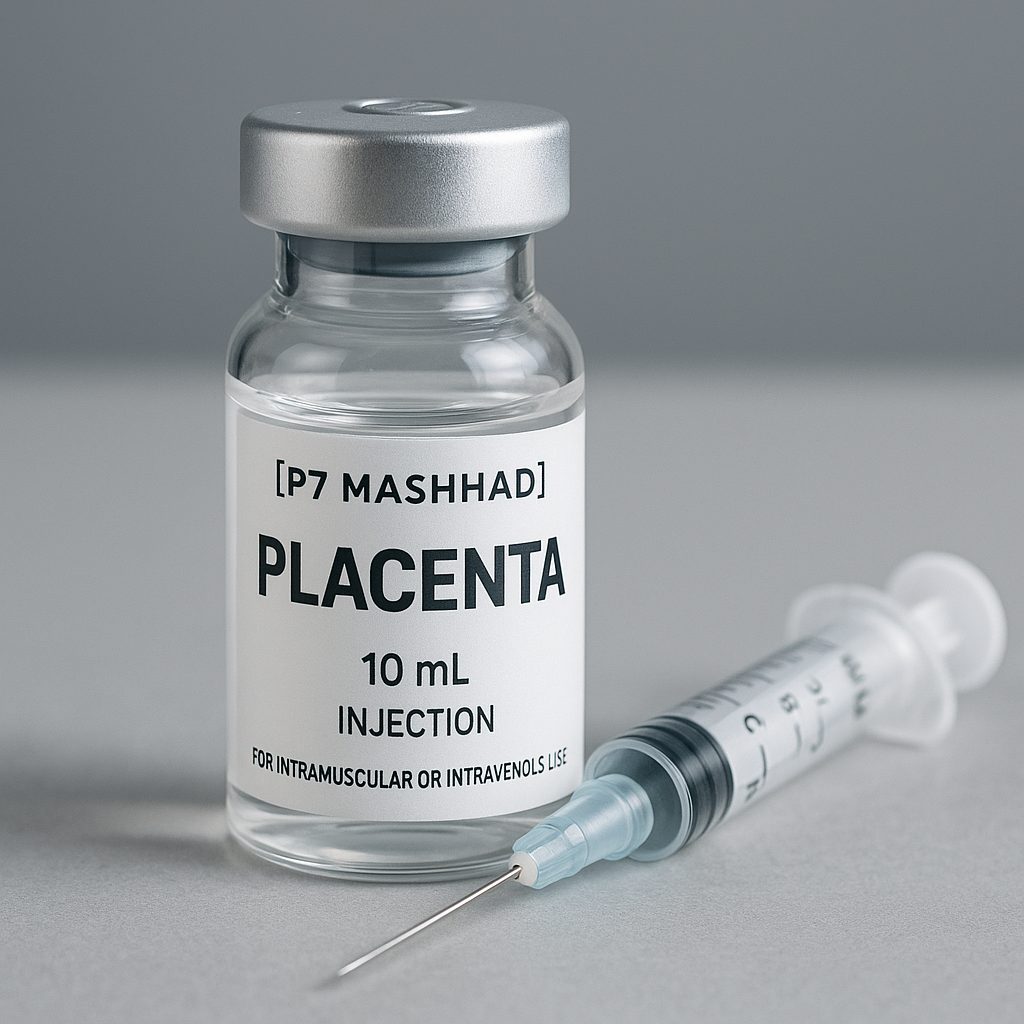Published on June 11, 2025 | Reviewed by P7 Neuro Editorial Team
What Is the Placenta?
The placenta is a vital organ that develops during pregnancy. It connects the mother to the baby through the umbilical cord and plays a crucial role in supporting the baby’s growth and well-being.
Key Functions of the Placenta
- Transfers oxygen and nutrients from mother to baby, ensuring healthy development.
- Removes waste products such as carbon dioxide from the baby’s blood.
- Produces important hormones like hCG, progesterone, and estrogen to maintain pregnancy.
- Protects the baby by filtering harmful substances and passing maternal antibodies.
- Supports early brain development by communicating signals that influence neural growth.
Placenta Formation and Structure
It is starts forming shortly after conception and becomes fully functional by the end of the first trimester. It attaches to the uterine wall and connects to the baby via the umbilical cord. Although maternal and fetal blood come close, they do not mix directly.
Afterbirth and Placenta Delivery
Once the baby is born, detaches from the uterus and exits the body during the third stage of labor. This process is called the afterbirth. Healthcare providers check to make sure it was delivered completely and appears healthy.
Importance of Placental Health
Healthy placenta function is essential for a safe pregnancy. Conditions such as placenta previa or placental abruption can cause complications. Regular prenatal care helps monitor placental health and address any issues early.
References
🔗 Explore fetal development week by week →
Disclaimer: This content is for educational purposes only. It is based on publicly available scientific data and does not replace professional medical advice. All copyrights belong to the original sources.

